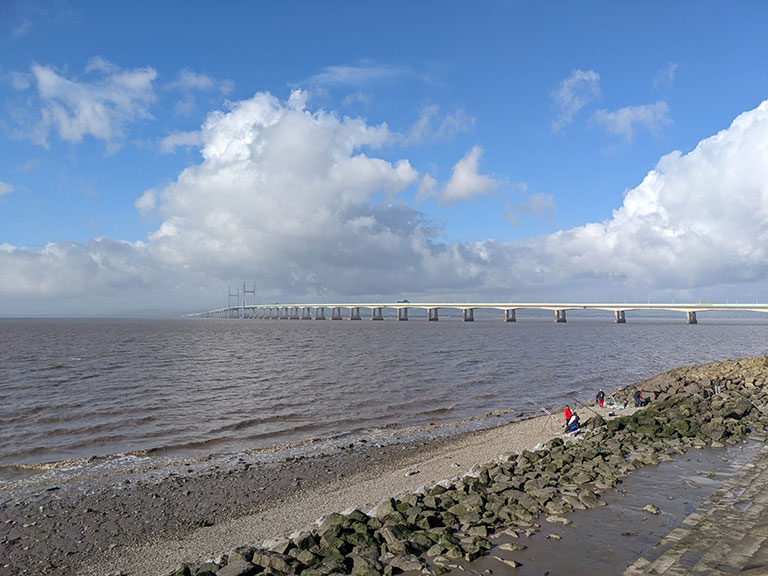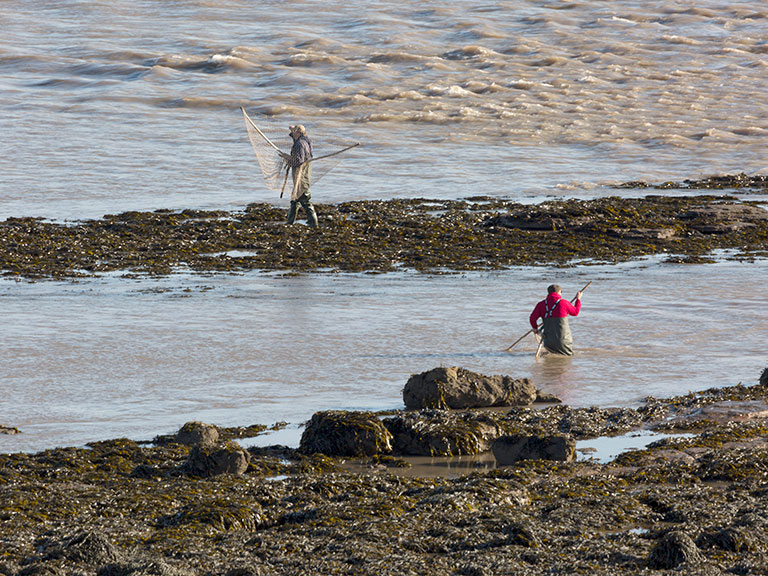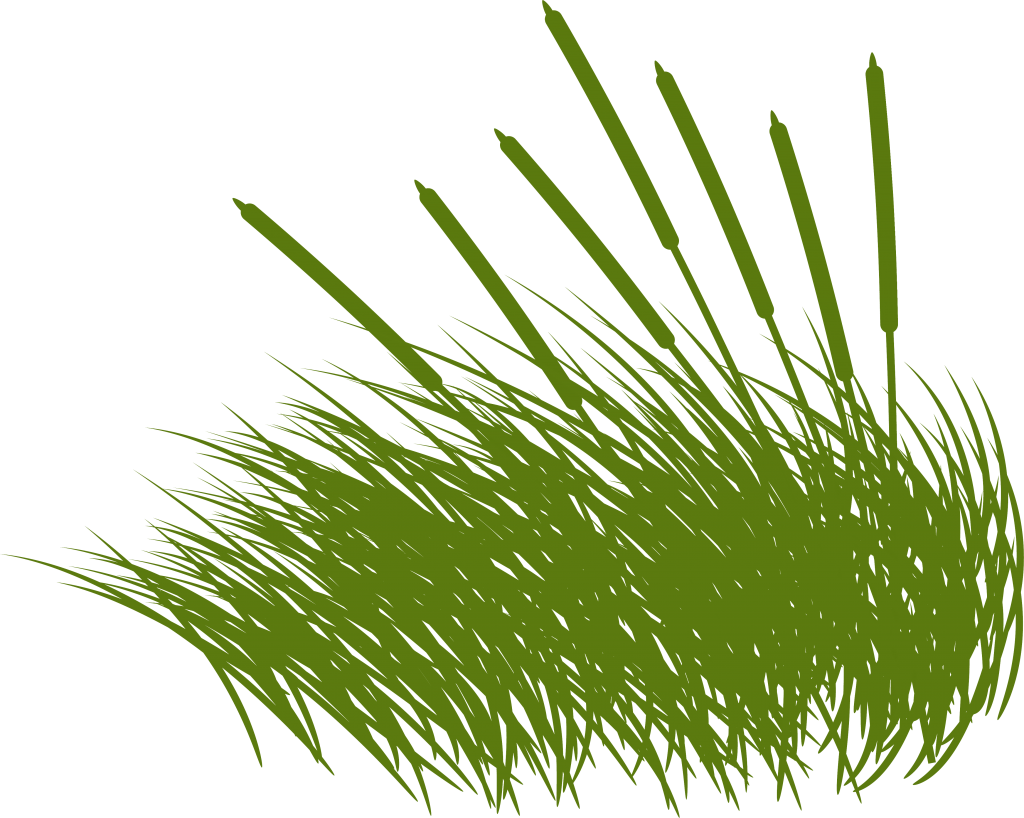Language: English | Cymraeg
Severn Estuary Angling Pathway Action Plan
While angling is a recreational activity, we have separated it into its own pathway action plan. This plan is aimed at angling in the marine or brackish environments of the Severn Estuary. It does not include freshwater angling or aquaculture.
Angling is recognised as a potential pathway for INNS introduction and spread. This is attributed to animals (as eggs and in their larval, juvenile and adult life stages) and seaweed (as fragments or spores) being caught up in or attached to equipment, or being transferred by bait collection. In this way, INNS may be transferred between locations, especially when multiple fishing grounds are visited within the same few days or weeks.
Fishing gear such as rod, lines, nets and rakes, as well as clothing such as waders and boots, can become covered in INNS when immersed in water, some of which may be microscopic. Absorbent materials such as nets, clothing and personal protective equipment are particularly likely to transfer INNS (e.g., tiny larvae, eggs and spores) since they can take hours or days to dry.
The use of live INNS (or live/dead INNS carrying eggs) as bait can carry a potential risk of viable organisms being introduced into new areas. If live INNS, such as the American slipper limpet (Crepidula fornicata), are used as fishing bait, there is the risk of their escape, or, if bait has only been recently killed, any eggs or sperm that it may be carrying could be released, facilitating their spread. It is known that some INNS, particularly seaweeds, might be used to store other baits during transportation. When INNS are used in this way it increases the risk of spread. INNS can also be spread in or on the packing materials transported with bait, for example, INNS can be attached to seaweed or in mud (or the packing material itself can be an invasive non-native species).”
To reduce these risks, anyone angling on or around the estuary should follow the biosecurity actions in this plan, including the thorough Check, Clean and Dry all of their kit and equipment and setting up biosecurity protocols for their clubs or group.
Relevant stakeholders for this action plan are angling clubs and anglers.
Check, Clean, Dry
Grab your own copy of the Check, Clean, Dry poster below:


(Photo credit Jane Nesbitt)

(Photo credit Jane Nesbitt)
Severn Estuary Angling Pathway Action Plan
| Action number | Action | Links |
|---|---|---|
| 2.1 | Endorse this plan and promote the uptake of actions contained within this plan across your sector. | |
| 2.2 | Adopt Check, Clean, Dry campaign and utilise their resources for best practice. | Check, Clean, Dry for Anglers (NNSS) |
| 2.3 | If you recognise an invasive non-native species, report it on iRecord. If you do not recognise the species, contact your local records centre. | IRecord Local Records Centres (ALERC) |
| 2.4 | Engage with angling shops and bait shops to raise awareness of the risk of marine INNS. | |
| 2.5 | Angling clubs to add nationally agreed biosecurity clause to their constitution. | Nationally Agreed Biosecurity Clause (NNSS) |
| 2.6 | Explore opportunities to engage with charter vessels to raise awareness for INNS and suggest/support boat owners to put biosecurity measures in place. | |
| 2.7 | Explore opportunities for increased signage at key sites. | Check, Clean, Dry Signage Materials for Anglers (NNSS) |
| 2.8 | Include information on INNS, biosecurity best-practice, inspections and reporting in training for all new members/staff. | Training (NNSS) |
| 2.9 | Share CCD messaging as part of rod licence application process’ where appropriate. A licence is not required for sea angling. | |
| 2.10 | Insert a biosecurity clause in information put out at sea fishing events to ensure that competitors from outside the Severn are aware of Check, Clean, Dry and the need to stop marine invasive non-native species spread. | Check out Events |
Links and resources:

 Severn Estuary Partnership
Severn Estuary Partnership